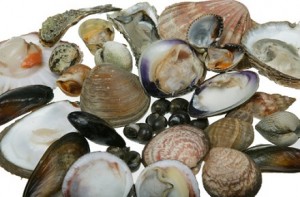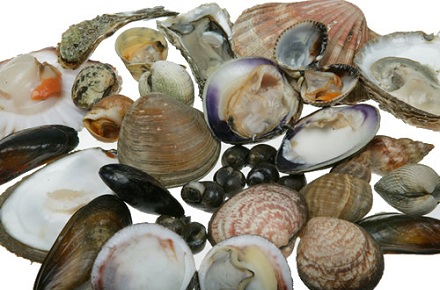EFSA’s Panel on Biological Hazards (BIOHAZ Panel) concludes in its risk assessment that the most effective public health measures to protect consumers from exposure to norovirus in oysters are to produce oysters in areas which are not contaminated or to prevent contamination of mollusc production areas.
 |
| [relatedPosts title=”Related Posts”] |
|
|
Current methods[1] used to remove norovirus in shellfish are not an effective means of reducing contamination. The Panel recommends establishing acceptable limits for the presence of virus in oysters that are harvested and placed on the market in the European Union. In addition, an EU-wide baseline survey on norovirus in oysters should be carried out to provide information on overall consumer exposure as well as the public health impact of control measures.
Norovirus, sometimes referred to in the media as the “winter vomiting bug”, is a major cause of acute gastroenteritis in Europe often causing diarrhoea and vomiting. The virus is transmitted through the consumption of food or water contaminated with faecal matter or more often through person-to-person contact or contact with infected surfaces. Bivalve molluscs[2] such as oysters and scallops are a well documented source of infection as they can accumulate and concentrate virus particles. Oysters contaminated with norovirus pose a particular risk to human health as they are often consumed raw.
EFSA’s BIOHAZ Panel concludes that norovirus is highly infectious and that the amount of the virus detected in oysters linked to human cases can vary greatly. Scientists highlight that norovirus is frequently detected in oysters in Europe which comply with existing EU control standards for bivalve molluscs.
EFSA evaluated the detection methods and control options for norovirus in oysters. The assessment looked at the use of a technique (the PCR method[3]) already applied to other shellfish for the detection and quantification of norovirus in oysters, the possibility of defining a level at which the presence of the virus in oysters would be unlikely to pose a risk to consumers and possible post-harvest control options. The Panel considers that the PCR method is suitable for detection and quantification of norovirus in oysters provided that appropriate quality assurance measures are implemented.
According to the Panel, methods currently used to remove norovirus in shellfish should be improved. The Panel recommends, in line with its previous general recommendation for food-borne viruses, that measures to reduce norovirus in oysters should focus on preventing initial contamination of production areas rather than attempting to remove the virus from contaminated foods.
The opinion recommends that risk managers should consider establishing an acceptable limit for norovirus in oysters that are intended to be harvested and placed on the market in the EU. Establishing overall microbiological criteria supports the setting of acceptable limits and determines among others the analytical methods, sampling plans and actions to be taken if criteria are not met. Such criteria can be useful for verifying compliance with Hazard Analysis and Critical Control Point (HACCP) principles and could be used as additional controls in production areas as well as during processing and retail.
In addition, scientists recommend carrying out an EU-wide baseline survey on norovirus contamination in oysters in order to estimate overall consumer exposure. Such a survey would also provide information that could be used to evaluate the public health impact of control measures put in place over time.
‘Scientific Opinion on Norovirus (NoV) in oysters: methods, limits and control options’ is available here.
Further Information
In the European Union, protection of shellfish waters currently comprises a combination of environmental surveys of the area surrounding production beds and the monitoring of human faecal contamination of waters by testing bivalve molluscs for levels of E. coli above a specified limit. However, norovirus is frequently detected in oysters which otherwise comply with the control standards for bivalve molluscs. To date, it has not been possible to establish criteria for the re-opening of closed shellfish production areas linked to outbreaks of norovirus, making it difficult for national authorities to take such decisions.
To this end, the Food Safety Authority of Ireland requested EFSA to carry out this risk assessment in order to advise on whether it would be possible to define an acceptable limit for norovirus in oysters that could provide a scientific basis for the re-opening of production areas.
[1] Current control and purification measures used are heat treatment, depuration (immersing shellfish in tanks of clean seawater) and relaying (moving shellfish from contaminated to clean areas).
[2] Bivalve molluscs are marine or freshwater molluscs which have a shell consisting of two halves hinged together. The group includes among others clams, oysters, scallops, and mussels.
[3] The current approach used for detecting norovirus in bivalve shellfish is based on the real-time reverse-transcription polymerase chain reaction (rRT-PCR) method.





